Controlling the HVAC System in Your Classroom
Heating, Ventilation and Air Conditioning (HVAC) is the largest portion of energy use in schools. To conserve energy, thermostats have been set to a cooling temperature of 72-76 degrees and a heating temperature between 68-72 degrees. When heating or cooling your room, look on your thermostat and set the fan to auto if it has that option. This allows the fan to cycle on and off periodically. To increase ventilation, turn the fan to “on” so the fan runs continuously while school is in session.
At the end of the instructional day, the cooling temperature will be automatically set to 80 degrees and the heating temperature will be set to 60 degrees to conserve energy. These same temperatures are also automatically set on weekends and during school breaks.
Doing things to “trick” the thermostat into thinking the room is warmer or cooler than it is, such as putting a lamp in front of the thermostat or using hand warmers, will make the HVAC unit function improperly, cause more frequent breakdown and decrease the lifespan of the equipment, and in some cases, may cause the system to use more energy. Using a lamp close to the plastic thermostat can also pose a fire hazard. If there is a perceptible issue with the cooling or heating in your room, it should be reported through the school’s work order system.
If you have a before or after-hour club or activity in your room where cooling or heating will be needed, ask your building admin or bookkeeper to submit a work order and request HVAC scheduling.
If you have a medical reason for your thermostat set temperatures to be adjusted, you can submit a medical note and request a change to occur.
If your thermostat is not consistently staying within set ranges or you have high humidity levels, ask your building admin or bookkeeper to submit a work order so the issue(s) can be fixed.
For help on how your specific thermostat works, go to the MNPS Facilities SharePoint site, click on MNPS Energy Conservation Program, and choose thermostat procedures. There you will find video tutorials for most thermostat types in MNPS.
For more information on the MNPS Energy Conservation Program, go to the MNPS Facilities SharePoint site.
